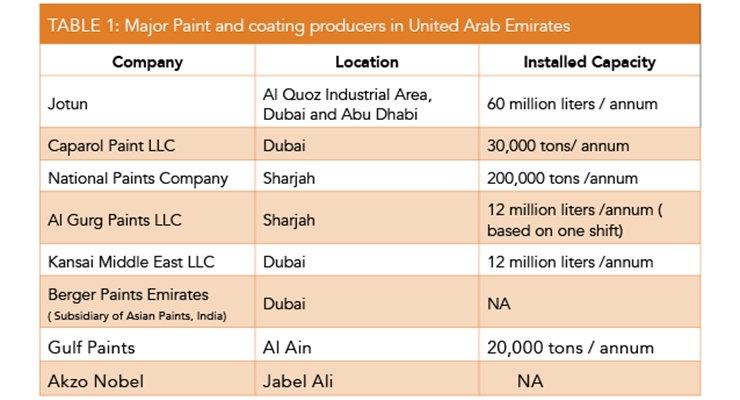Weather Conditions And Their Effect On Your Exterior Painting Job
Weather Conditions And Their Effect On Your Exterior Painting Job
Blog Article
Personnel Writer-Hermann Wolff
Recognizing how weather conditions can affect the result of an outside painting undertaking is critical for attaining a flawless surface. From temperature variations altering paint attachment to humidity degrees influencing drying times, each component of climate plays a significant role in the success of your project. Moreover, Best Way To Paint Whole House and rainfall can present unforeseen difficulties that may jeopardize the quality of the final result. As we browse with the nuances of weather's influence on exterior painting, it comes to be noticeable that meticulous preparation and strategic timing are essential for guaranteeing a professional and resilient result.
Perfect Temperature Variety for Paint
When taking into consideration external paint projects, the suitable temperature variety plays an essential duty in achieving optimum results. Paint in the right temperature conditions makes sure that the paint sticks appropriately to the surface area, dries out equally, and treatments properly. Normally, the recommended temperature level range for outside paint is in between 50 to 85 degrees Fahrenheit.
Paint in temperature levels listed below 50 levels Fahrenheit can cause issues such as bad paint attachment, extended drying times, and an increased possibility of cracking or peeling off.
On the other hand, paint in temperatures above 85 degrees Fahrenheit can trigger the paint to completely dry also rapidly, bring about blistering, gurgling, and an unequal finish.
To attain the most effective outcomes, it is essential to check the weather prediction before starting an outside paint task. Preferably, goal to repaint during light weather conditions with moderate temperatures and low moisture degrees.
Results of Humidity on Paint Drying
Humidity levels substantially affect the drying process of paint applied to exterior surface areas. High moisture can prolong the drying time of paint, causing prospective issues such as leaking, spotting, and even the formation of bubbles on the painted surface. Excess wetness airborne reduces the dissipation of water from the paint, hindering the healing procedure. This is especially troublesome for water-based paints, as they rely upon evaporation for drying out.
On the other hand, reduced moisture degrees can additionally influence paint drying. Exceptionally completely dry problems may cause the paint to completely dry as well promptly, leading to inadequate attachment and a rough coating. In https://people.com/politics/favorite-first-lady-white-house-portraits/ , adding a paint conditioner or splashing a great mist of water airborne can aid regulate humidity degrees and boost the painting outcome.
To make sure ideal drying out problems, it is a good idea to repaint when the moisture degrees vary in between 40% and 50%.
Surveillance moisture degrees and taking ideal measures can assist accomplish a smooth and durable paint coating on exterior surfaces.
Wind and Rainfall Considerations
Wind speed and precipitation are crucial elements that dramatically influence the success of an external paint task.
When it involves wind, both rate and direction are necessary factors to consider. https://interiorhomepaintersnearm28332.getblogs.net/64519585/boost-your-company-setting-by-partnering-with-a-business-paint-specialist-and-discover-the-transformative-advantages-that-can-boost-your-properties can create paint to dry too quickly, resulting in a below average completed with potential problems like splitting or uneven structure. Furthermore, wind can bring particles that may comply with the wet paint, resulting in flaws. Consequently, painters should intend to work on days with light to moderate winds for optimum painting problems.
On the other hand, precipitation, whether rain or snow, can be exceptionally damaging to the outcome of an exterior paint task. Wetness from rainfall can hinder paint adhesion, causing peeling and bubbling over time. It is crucial to avoid painting throughout wet or snowy weather condition to guarantee the durability and quality of the paint task. Painters need to additionally allow sufficient time for the surface to dry extensively after any kind of rainfall before beginning or resuming the paint process.
Conclusion
To conclude, weather play a considerable function in the end result of an exterior paint project. The ideal temperature range, humidity degrees, wind rate, and precipitation all contribute to the success or failure of the paint task.
It is important to consider these aspects and strategy appropriately to make sure appropriate paint attachment, drying times, and overall top quality of the ended up product.
